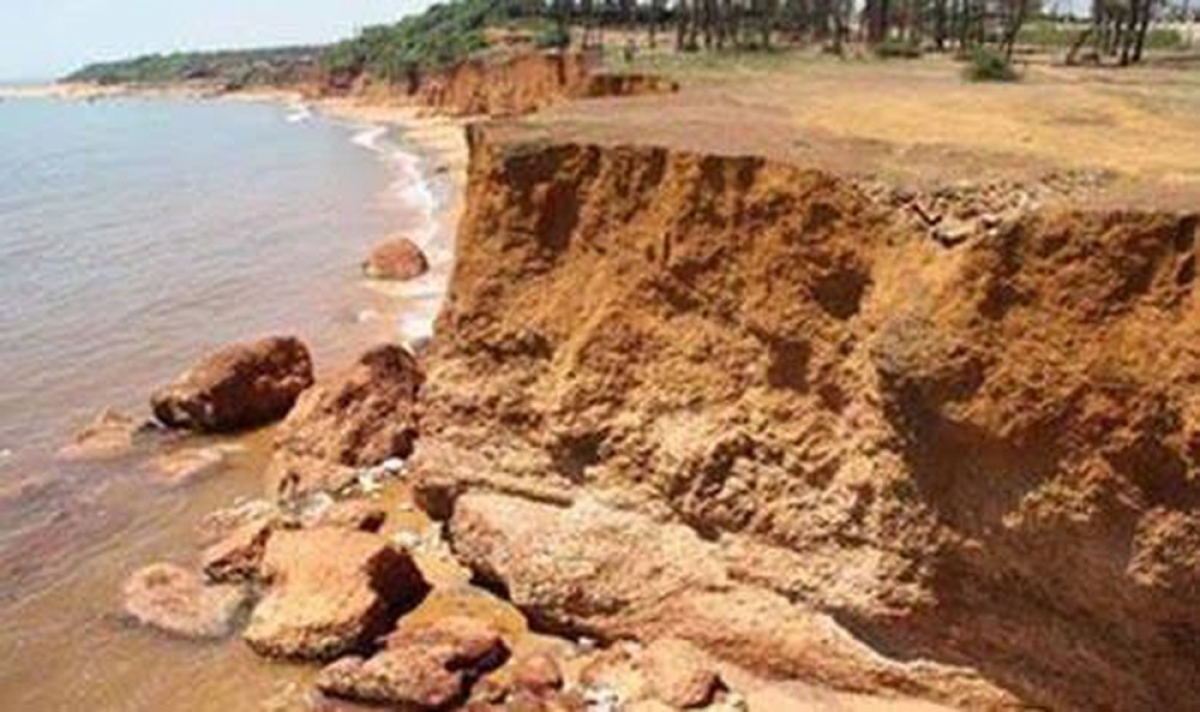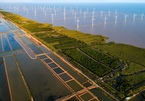
A new resilience development strategy is urgently needed ─ otherwise, additional economic growth over the next decade in the range of billions of dollars could be wiped away by natural shocks.
The ongoing devastating storms and floods that battered the central part of Vietnam are the latest evidence of a worrying trend that natural risks, which have already been substantial, are intensifying due to rapid urbanization, economic development, and climate change.
Resilient Shores, a report jointly developed by the government of Vietnam, the World Bank, and the Global Facility for Disaster Reduction and Recovery released on October 21, provides some sobering statistics on how vulnerable the coastline is and who and what are most impacted.
“To ensure the sustainable development of Vietnam’s coastal zones, we cannot ignore the challenges of natural shocks and climate change. To secure prosperity, we must invest in resilience,” said Tran Quang Hoai, Director General, Vietnam Disaster Management Authority, Vietnam’s Ministry of Agriculture and Rural Development.
The report estimates that 12 million people in coastal provinces are exposed to the threat of intense flooding and over 35 % of settlements are located on eroding coastlines. Each year, an average of US$852 million – or 0.5 % of GDP – and 316,000 jobs in key economic sectors are at risk from riverine and coastal flooding.
Public facilities and infrastructure are also at risk, which means disruption of service delivery at the time when they are most needed. Severe flooding affects directly 26 % of public hospitals and healthcare centers and 11 % of schools in the region. More than one-third of Vietnam’s power grid is located in forested areas, at risk of being damaged by storm-induced fallen trees.
Despite much progress over the past decade, Vietnam’s current risk management scheme still faces significant challenges. Major shortcomings the report identifies include fragmented and incomplete risk information and ineffective enforcement of related regulations such as spatial planning, building codes, safety standards and systematic maintenance of infrastructure systems. For instance, the report shows that two-thirds of Vietnam’s sea dike system does not meet the prescribed safety requirements.
“If the current trends of rapid economic development in high-risk areas continue, disaster losses are bound to increase,” said Carolyn Turk, World Bank Country Director for Vietnam, adding that “It’s time for a new approach to balance the risks and opportunities so that Vietnam’s coastal regions can continue to be an engine of growth while being resilient to shocks.”
Vietnam’s diverse coastline spans over 3,000 kilometers. The coastline’s wealth of natural endowments provides livelihoods for some 47 million people or half of the country’s population. The region also bears the brunt of natural disasters that hit Vietnam regularly. VOV/World Bank

Vietnam inspires the world in climate change response
After five years of efforts to carry out the international commitment on climate change and reduction of greenhouse gas emission,